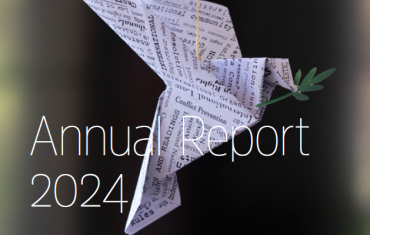UN Committee on the Rights of Persons with Disabilities Discusses our Research Project on Disability in Armed Conflict
17 September 2018
Our Senior Researcher Alice Priddy presented our research project on disability in armed conflict to the members of the United Nations Committee on the Rights of Persons with Disabilities (CRPD).
‘It’s a great opportunity for us to exchange with CRPD members about our research project, to seek their views on the issue and discuss their role in better protecting the rights of persons with disabilities during and in the immediate aftermath of armed conflict’ underlines Alice Priddy.
Alice Priddy notably briefed Committee’s members on how international humanitarian law (IHL) should be read in light of the CRPD in various aspects of armed conflict, including within the conduct of hostilities, the treatment of prisoners of war or internees with a disability, the application of the CRPD in occupied territories (both state and non-state actor occupation), the provision of humanitarian aid, and the cessation of hostilities and inclusion of persons with disabilities in peace processes.
About the Research Project on Disability and Armed Conflict
Approximately 500 million people with disabilities live in states affected by armed conflict. Despite this high number, persons with disabilities are often the forgotten victims of armed conflict.
The Geneva Academy is undertaking a three year project that seeks to improve the implementation and protection of the rights of persons with disabilities during and in the immediate aftermath of armed conflict by:
- Raising awareness of this ignored and under reported issue
- Undertaking in-depth analysis of the legal obligations (under international humanitarian law and international human rights law) to protect and assist persons with disabilities during armed conflict and its aftermath
- Making policy and practical recommendations to states, international humanitarian organizations and armed non-state actors on how to meet their obligations to protect and assist persons with disabilities during and in the aftermath of armed conflict.
Results of the project will be presented in the first quarter of 2019.








